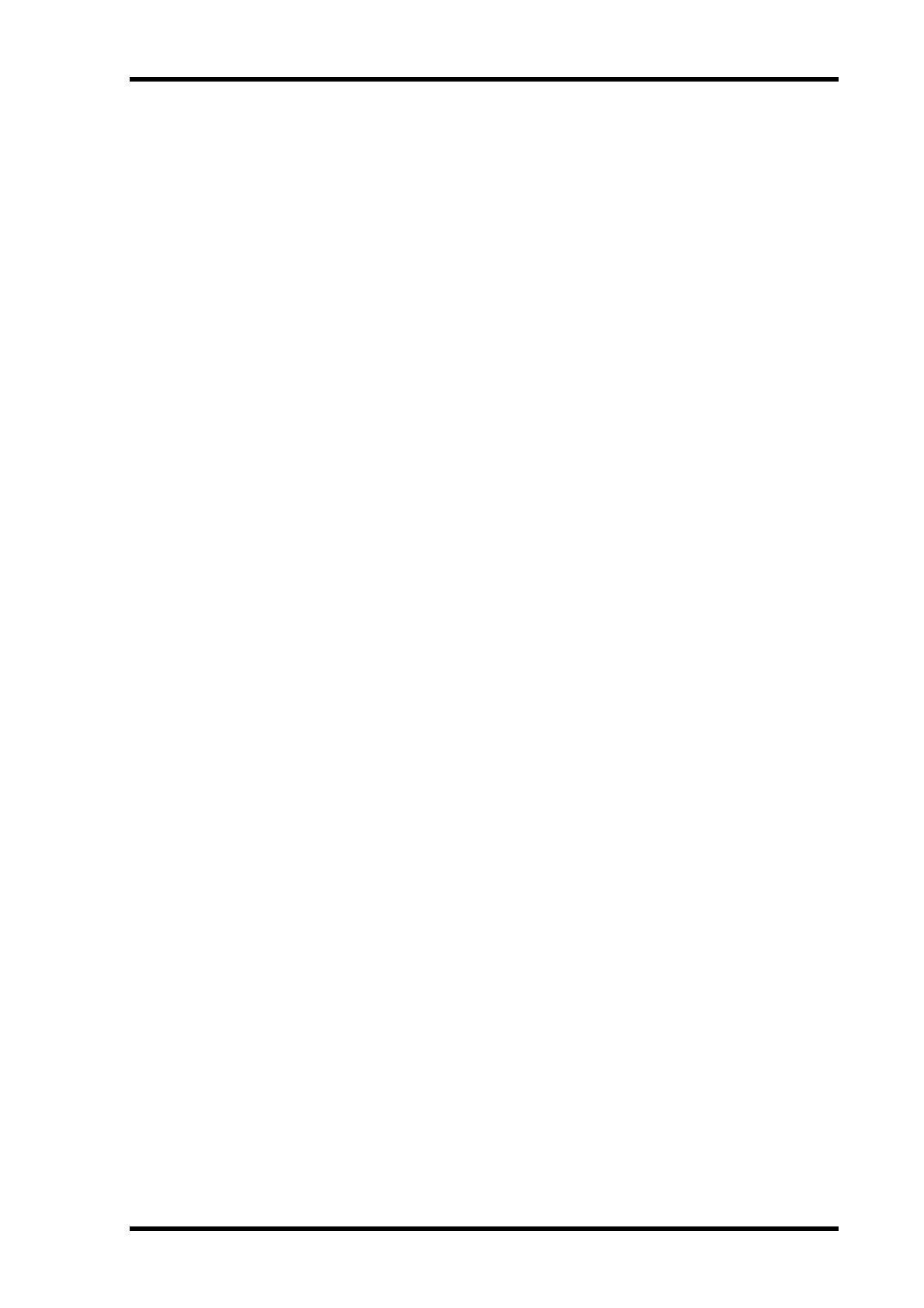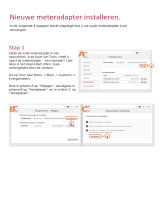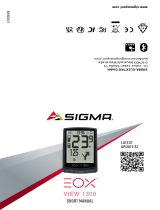
Index 117
01V96i—Reference Manual
Index
MIDI remote ..........................................94
Banks ................................................94
LATCH
............................................97
LEARN button ...............................96
MIDI messages ...............................96
TARGET parameter
......................95
UNLATCH .....................................97
MIDI Warning preference ................109
MIDI/USB Section
................................10
MIX SOLO .............................................50
MIXDOWN
...........................................49
MMC .............................................. 98, 100
MOD. DELAY .....................................133
MOD. FILTER
.....................................136
MONITOR LEVEL control ...................7
Monitor out & Headphones section
......................................................7
MONITOR OUT connectors ...... 10, 13
Monitor Source selector .........................7
Monitoring
.............................................49
Digital input channel status .........14
LAST SOLO ....................................50
MIX SOLO
......................................50
MIXDOWN ....................................49
MONO .............................................50
RECORDING
.................................49
Solo function ...................................51
Solo safe function ...........................50
Solo setup
........................................49
MONO ....................................................50
MONO DELAY ...................................132
MULTI FILTER
...................................141
Mute groups ...........................................59
Muting .....................................................89
N
Naming ............................................ 28, 35
Nominal Pan preference
....................109
Nuendo
...................................................83
Nuendo/Cubase .....................................93
O
OMNI OUT connectors ............... 10, 13
ON buttons
...........................................7, 8
OpenDeck .............................................143
Other functions ...................................109
Preferences
....................................109
Output patch ..........................................44
Initial settings ...............................127
Parameters
.....................................125
Output patch library .............................76
Output section .......................................13
P
PAD switches .....................................7, 12
Pair Confirmation preference ...........109
PAIR/GROUP button ............................8
Pair/Grup | In Comp page
...................63
Pair/Grup | In EQ page ........................62
Pair/Grup | In Fader page ....................59
Pair/Grup | In Mute page
....................59
Pair/Grup | Input page .........................27
Pair/Grup | Out Comp page ................63
Pair/Grup | Out EQ page ......................62
Pair/Grup | Out Fader page .................59
Pair/Grup | Out Mute page
..................60
Pair/Grup | Output page ......................33
Pairing ..............................................26, 33
HORIZONTAL
..............................27
Using the display ............................27
Using the SEL buttons ...................27
VERTICAL
......................................27
PAN control .............................................9
Pan/Route | Bus To St page
..................31
Pan/Route | Ch Edit page .....................56
Pan/Route | Pan page ............................25
Pan/Route | ROUT1-16 page
..............22
Pan/Route | ROUT17-ST1 page ..........22
Pan/Route | Surr ST IN page ...............58
Pan/Route | Surr1-16 page
...................58
Pan/Route | Surr17-32 page .................58
PAN/ROUTING button ........................8
Pan/Surr | Surr Mode page
..................53
PAN/SURR LINK ..................................53
Panning ............................................22, 41
F.S
......................................................34
FOLLOW PAN ...............................24
GANG ..............................................22
INDIVIDUAL
.................................22
INV GANG .....................................22
PAN buttons ...................................22
Parameter changes
............................. 106
Parameter lists ..................................... 119
Parameter wheel ......................................9
Patch | 2TR Out page
............................45
Patch | Cascade In page ..................... 111
Patch | Direct Out page ........................46
Patch | Effect page
..................................64
Patch | IN LIB page ...............................75
Patch | IN Name page ...........................28
Patch | In Patch page
.............................43
Patch | Insert In page ............................48
Patch | Out LIB page .............................76
Patch | Out Name page
.........................35
Patch | Out Patch page .................44, 111
Patch | USB OUT page .........................45
PATCH button
.................................8, 43
Patch Confirmation preference ........ 109
Patching ...................................................43
2TR digital outputs
........................45
ADAT OUT connector .................44
Direct outs .......................................46
Input patching
................................43
Insert in ............................................48
Insert patching ................................47
OMNI OUT connector
.................44
Output patching .............................44
TO HOST USB channels
..............43
PEAK indicators ...............................7, 12
PHANTOM +48V .................................10
Phantom Power
.....................................12
CH1–4 ON/OFF switch ................10
CH5–8 ON/OFF switch ................10
CH9–12 ON/OFF switch
..............10
Phase ........................................................18
PHASER ............................................... 135
PHONES jack ....................................7, 49
PHONES LEVEL control ...................... 7
PLUG-IN
..............................................107
Plug-ins ...................................................90
POWER ON/OFF switch ....................11
Power section
.........................................11
Prefer1 page .........................................109
Prefer2 page .........................................110
Preferences
...........................................109
Pro tools ............................................83, 89
Automation
.....................................93
Channel display mode .................. 86
Channel levels .................................89
Control surface operation
............87
Explicit mute ...................................89
Flip mode ........................................90
Implicit mute
..................................89
Insert display mode .......................85
Meter display mode .......................86
MIDI
................................................84
Muting .............................................90
Panning ......................................89, 90
Plug-ins
............................................90
Pre or Post .......................................90
Scrub & Shuttle ..............................92
Selecting
...........................................89
Send levels .......................................90
Soloing .............................................90
Program changes
........................ 100, 103
PROTECT button ................................. 69
Q
Q control .................................................. 9
Q, EQ .......................................................21
R
Rear Panel
PHANTOM +48V
......................... 10
Rear panel ...............................................10
AD output section ......................... 10
Digital I/O section
.........................10
MIDI/USB Section ........................10
Power section
.................................11
SLOT section
..................................11
RECALL button ...................................... 9
Recall Confirmation preference .......109
Recall safe function
...............................72
RECORDING ........................................49
Remote ....................................................83
FRAMES
..........................................99
Insert display mode .......................85
LOCATE/TIME section ............... 98
Machine control
.......................83, 98
MACHINE CONTROL section
............................................98
MIDI messages ...............................96
MIDI remote ..................................94
Nuendo
............................................83
ProTools ..........................................83
REMOTE .........................................83
Target parameter
...........................85
TRACK ARMING section ...........98
TRANSPORT section ................... 99


























































































































































































 Quby 6500-1400-6000 Handleiding
Quby 6500-1400-6000 Handleiding
 SIGMA SPORT EOX View 1300 Handleiding
SIGMA SPORT EOX View 1300 Handleiding